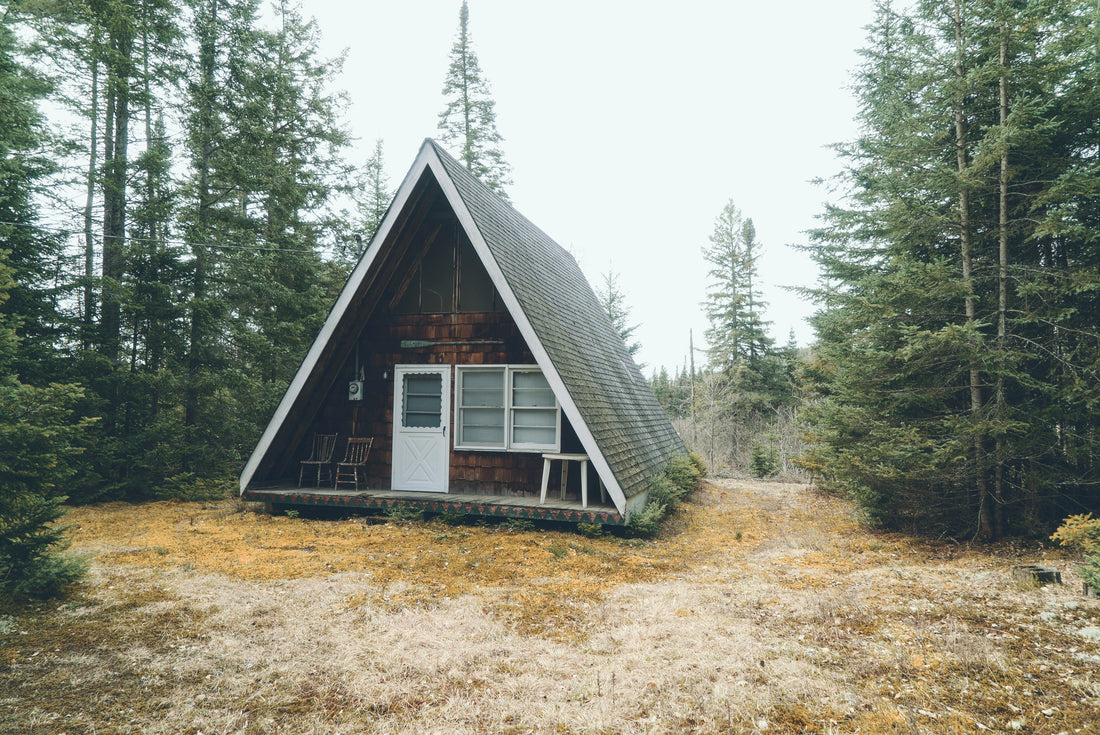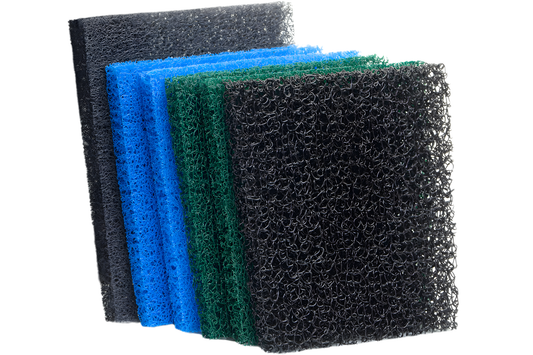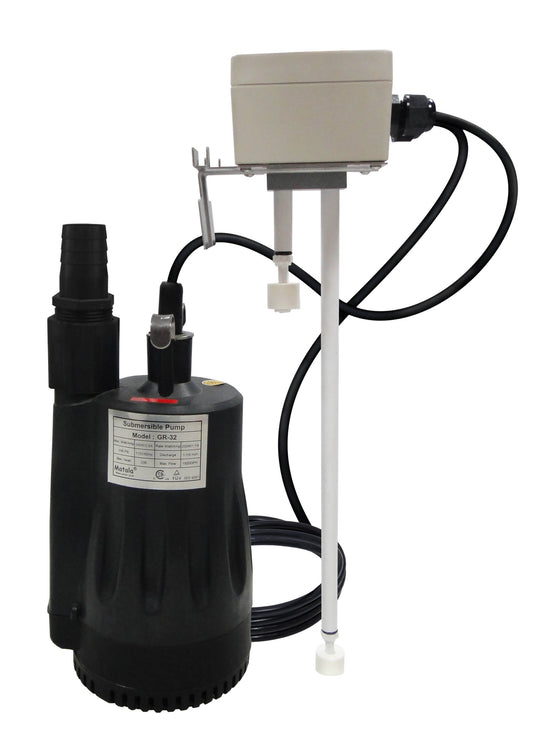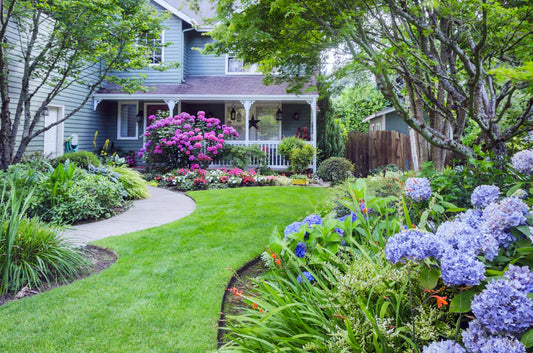
Off-Grid Cabin (Without a Septic Tank)
Sam WilhoitHow to Build a Greywater System
Short Version:
For off-grid cabin living, installing a traditional septic tank isn’t always feasible — or necessary. A well-designed greywater system offers a practical alternative for managing waste water from sinks, tubs, and laundry without mixing it with black water from flush toilets. Using a gravity-fed French drain or an advanced filtration system like the Aqua2use GWDD, you can safely reuse grey water and reduce your reliance on city water, septic permits, or costly septic system installation.
Why Greywater Systems Are a Smart Alternative for Off-Grid Living
In an off-grid cabin, especially one under 300 square feet, every drop of your water supply counts. And without a connection to septic or access to an aerobic sewage treatment plant, alternative greywater systems become a critical part of day-to-day operations.
Rather than dealing with black water waste issues — which include human waste from water flush toilets — many off-grid homeowners opt for composting toilets. The advantage of composting toilets is that they remove the need for traditional septic tanks entirely, eliminating the most hazardous aspects of water disposal. That leaves grey water — used shower water, hot water from bathroom sinks, and water from kitchen sinks or compact washing machines — to be managed separately through a grey water disposal system.
Greywater systems help protect bodies of water and underground aquifers for water by keeping untreated waste out of the environment. They also significantly reduce fresh water demand by allowing gallons of water used once for bathing or cleaning to be reused for watering gardens or landscaping.

Components of a Basic Off-Grid Greywater Setup
A DIY grey water system for a cabin typically involves a few key elements:
- Indoor plumbing and drain lines from kitchen and bathroom sinks, showers, and laundry machines
- A grey water tank or surge tank (optional) to manage volume spikes from clothes washing machines or long showers
- Basic filter such as a gravel or wood chip pit to catch hair, bits of food, skin cells, and other particles
- Drain pipes and perforated pipes leading to a gravel trench or gray water pit
- French drains or grey water gardens to disperse and absorb the filtered water
If built properly, these systems prevent contact with drinking water sources and can be maintained using biodegradable dish soap, bath soaps, and cleaning products.
A key tip: always use biodegradable household products — never antibacterial soaps or chemical-based detergents — as they can damage soil and plant life.

Step-by-Step: How to Build a Greywater Drain for an Off-Grid Cabin
1. Choose a Drainage Area
Pick a downhill slope near the cabin, away from any body of water. Make sure it’s at least one foot deep and lined with gravel to allow cleaner water to filter back into the soil. Avoid areas near your water source or any aquifers.
2. Run the Plumbing
Combine the drain lines from all your greywater fixtures and send them out through a solid pipe that transitions into a series of perforated pipes buried in the ground. Ensure the slope is gentle so the water doesn’t rush straight to the end.
3. Add Basic Filtration
Install a filter box—often filled with wood chips, rocks, or paper filters — to catch debris. For a more advanced solution, an Aqua2use GWDD or Aqua2use Pro can serve as a biofilter method that screens out particles before dispersal.
4. Consider Winter Protection
In cold climates, cover pipes with insulation to prevent freezing. Deeper trenches and styrofoam sheeting help keep water flowing even during cabin winters.
5. Add a Diversion Valve
Install a branched valve with a built-in check valve to let you switch between discharging to a French drain or collecting grey water in buckets for irrigation. This is useful in summer months when you may want to reuse water directly on decorative plants or gardens.
Greywater System Costs: DIY vs Prebuilt
|
Setup Type |
Estimated Cost |
|---|---|
|
DIY French drain with basic filter |
$300–$600 |
|
Aqua2use GWDD (gravity or pump version) |
$599–$950 |
|
Aqua2use Pro (higher volume) |
$1,400+ |
|
Backhoe rental (optional for trenching) |
$200–$400 |
The Aqua2use systems are ideal for house owners looking for a complete wastewater solution that doesn't require a full septic permit or aerobic treatment plant. They’re also one of the most advanced greywater diversion devices on the market — and often the cheapest greywater setup when factoring in long-term maintenance savings.

Benefits of Greywater Reuse
- Reduces gallons of water sent to septic systems or leach lines
- Lowers power consumption if using an off-grid power system (especially for gravity-fed setups)
- Keeps outdoor pipes and component pipes from freezing with smart placement
- Protects your site from excess runoff or erosion
- Minimizes the need for a regular toilet or flush toilet infrastructure
- Provides additional water for gardens without tapping into fresh water reserves

Real Users, Real Results
Many off-grid and tiny home dwellers rely on Aqua2use systems to make greywater reuse easy and compliant with conventional rules. One user in Arizona reports:
“We live in the desert where water is scarce. Our greywater from the laundry room is rerouted through a GWDD into buried lines under the garden. It’s been a great way to water without tapping our supply of water or relying on city water.” — Richard A.
Others love how easy it is to clean the filters and how the system integrates with branched drain designs, reed beds, and basic composting toilet solutions.

The Bigger Picture: Water Stewardship Off the Grid
Whether you live on a cliffside location, a couple cabin property, or a remote 2-bedroom house, greywater systems help reduce your environmental impact. They reflect a basic life-health-safety rule: keep clean water clean, and treat greywater with care.
Groups like Greywater Action offer resources on legal guidelines, international waters considerations, and aspects of water rights for landowners.
Ultimately, the beauty of greywater systems is in their simplicity and sustainability. With a little planning — and the right equipment — you can design a low-cost, high-impact system that supports your off-grid lifestyle for years to come.
Looking for the easiest way to get started?
Check out the Aqua2use GWDD and Aqua2use Pro for compact, efficient greywater solutions backed by long-term reliability and Water Wise customer support.







